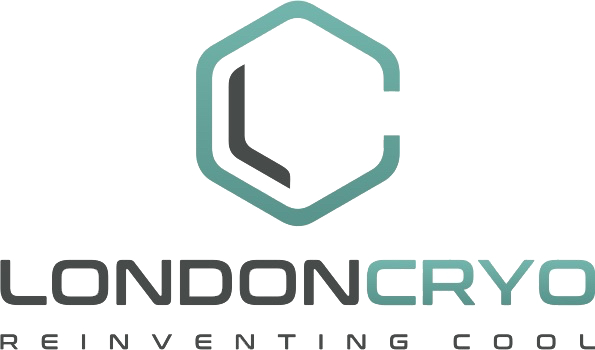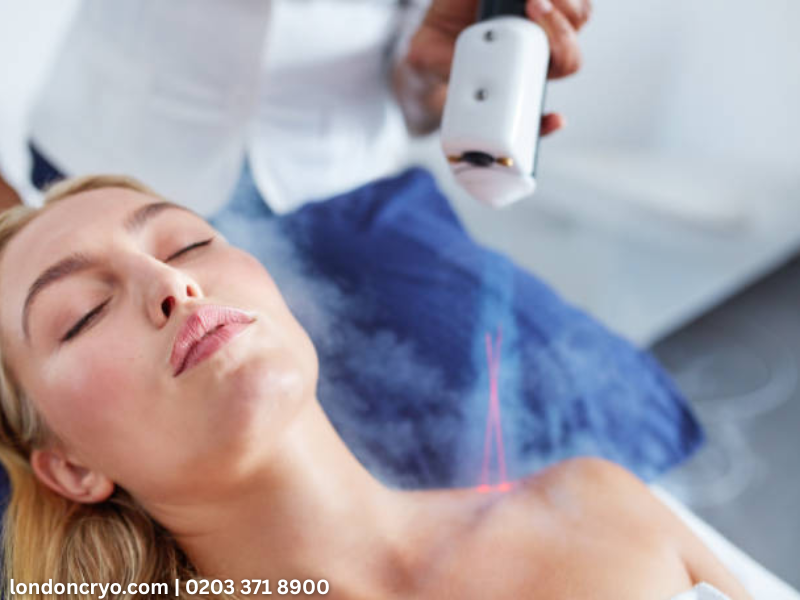How Often Should You Do Cryo Therapy for the Best Results?
Cryo therapy has become one of the most popular wellness and recovery treatments across the globe. From professional athletes to people looking for anti-aging benefits, this cold-based treatment is being embraced for its wide range of advantages. But one of the most common questions people ask is: how often should you do cryo therapy for the best results?
What Is Cryo Therapy?
Cryo therapy, also known as cold therapy, is a treatment that exposes your body to extremely low temperatures for a short period of time—usually between 2 to 4 minutes. The treatment can be done in several forms, including:
Whole Body Cryo Therapy (WBC): Standing in a cryo chamber where cold air surrounds the body.
Localized Cryo Therapy: Targeting specific areas like the knees, shoulders, or back.
Cryo Facials: Cold therapy applied to the face for anti-aging and skin rejuvenation.
The idea is that by lowering your skin’s temperature rapidly, your body responds with improved blood circulation, reduced inflammation, faster recovery, and even mood enhancement.
How Often Should You Do Cryo Therapy?
The ideal frequency of cryo therapy depends on your goals, lifestyle, and health conditions. While a single session may give you short-term benefits like reduced soreness or a mental boost, consistency is key for long-term results.
1. For Athletes and Fitness Enthusiasts
If you’re an athlete or regularly engage in intense workouts, cryo therapy can help with faster recovery. Most trainers recommend 2–3 sessions per week during heavy training periods. This helps reduce muscle soreness, speed up healing, and keep you performing at your best.
2. For Pain Management
People who suffer from chronic pain, arthritis, or joint issues may benefit from 3–5 cryo therapy sessions per week initially. Once the pain is under control, you can reduce the frequency to 1–2 sessions weekly for maintenance.
3. For Weight Loss and Metabolism Boost
Cryo therapy has been linked to calorie burning because the body works harder to stay warm after exposure to the cold. For those using cryo therapy as part of a weight management plan, 2–3 sessions per week can be effective.
4. For Mental Wellness and Stress Relief
Cryo therapy has been shown to release endorphins and improve mood. For stress relief or mental wellness, 1–2 sessions weekly are usually enough to see consistent results.
5. For Anti-Aging and Skin Health
Cryo facials are popular for tightening the skin and stimulating collagen. To maximize results, many dermatologists recommend 1 session per week, or 2–3 sessions per month depending on skin needs.
What Happens If You Do Cryo Therapy Too Often?
Like any wellness treatment, balance is essential. While cryo therapy is generally safe, overdoing it may lead to:
Skin irritation or redness
Numbness or tingling sensation
Temporary stiffness
Most experts advise against doing cryo therapy more than once per day, as your body needs time to recover between sessions.
Factors That Affect Your Cryo Therapy Routine
Several factors will determine how often you should do cryo therapy:
Your Goals: Pain relief, recovery, skin care, or general wellness.
Medical Conditions: Always consult your doctor if you have circulation issues, heart conditions, or other health concerns.
Budget and Time: Regular cryo therapy can be costly, so balance the sessions with what works for your lifestyle.
Response to Treatment: Some people feel results after one session, while others may need multiple to notice a difference.
Best Practices for Cryo Therapy
To maximize the benefits, follow these best practices:
Stay Consistent: Create a schedule based on your goals.
Combine with Healthy Lifestyle: Nutrition, hydration, and sleep enhance the effects of cryo therapy.
Listen to Your Body: If you feel discomfort beyond the normal cold sensation, reduce the frequency.
Track Your Progress: Keep a journal of your results, whether it’s less pain, improved energy, or better sleep.
Long-Term Benefits of Regular Cryo Therapy
When done consistently, cryo therapy offers a range of long-term benefits, including:
Reduced muscle soreness and faster recovery
Lower inflammation and joint pain
Improved skin tone and anti-aging effects
Boosted energy and metabolism
Better mental health and stress management
Frequently Asked Questions (FAQ)
1. How many cryo therapy sessions do I need to see results?
Most people notice benefits after just one session, but consistent results usually appear after 8–12 sessions spread over 3–4 weeks.
2. Can I do cryo therapy every day?
It is generally safe to do cryo therapy daily, but most experts recommend 2–5 times per week depending on your goals.
3. Is cryo therapy safe for everyone?
Cryo therapy is safe for most people, but those with heart conditions, uncontrolled high blood pressure, or severe circulation issues should consult a doctor first.
4. How long does each cryo therapy session last?
Most sessions last 2–4 minutes, which is enough time for your body to receive the benefits without risk.
5. Can cryo therapy help with weight loss?
Yes, cryo therapy can help boost metabolism and calorie burning, but it should be combined with diet and exercise for best results.
6. How much does cryo therapy cost?
Prices vary by location, but most whole-body cryo therapy sessions range between $30–$60. Packages are often available for regular clients.
7. Is cryo therapy painful?
Not at all. You’ll feel intense cold, but most people find it tolerable and even refreshing.
8. Can cryo therapy improve sleep?
Yes, many people report better sleep quality after regular cryo therapy sessions due to reduced stress and muscle relaxation.
9. How often should beginners try cryo therapy?
Beginners should start with 1–2 sessions per week, then adjust based on how their body responds.
10. Can cryo therapy replace physical therapy?
No, cryo therapy should not replace physical therapy but can be an excellent complement for faster healing.
Conclusion
So, how often should you do cryo therapy for the best results? The answer depends on your goals—athletes may benefit from 3 sessions per week, while those seeking general wellness may only need 1–2 sessions. The key is consistency, listening to your body, and working with professionals who can guide your routine.

